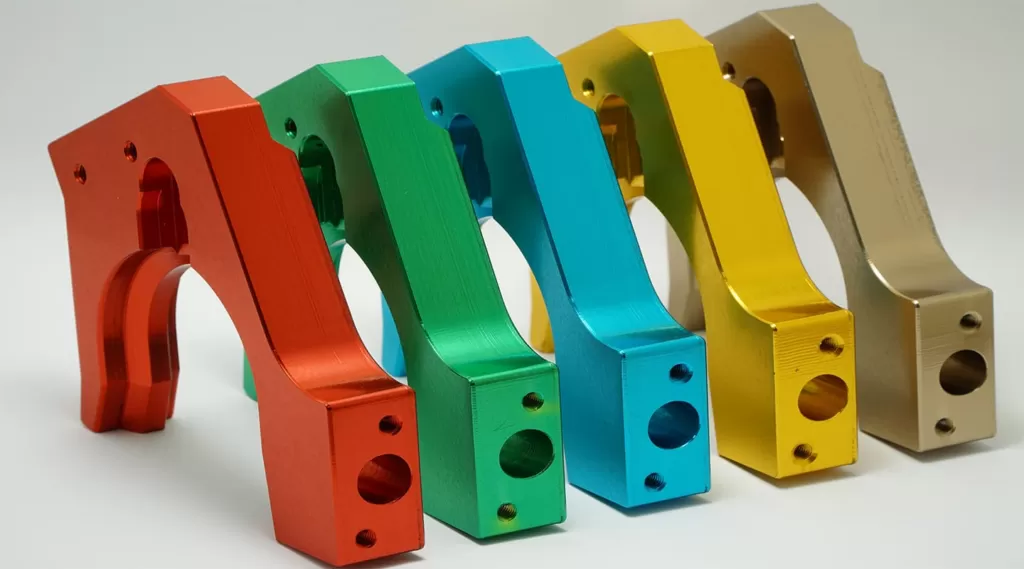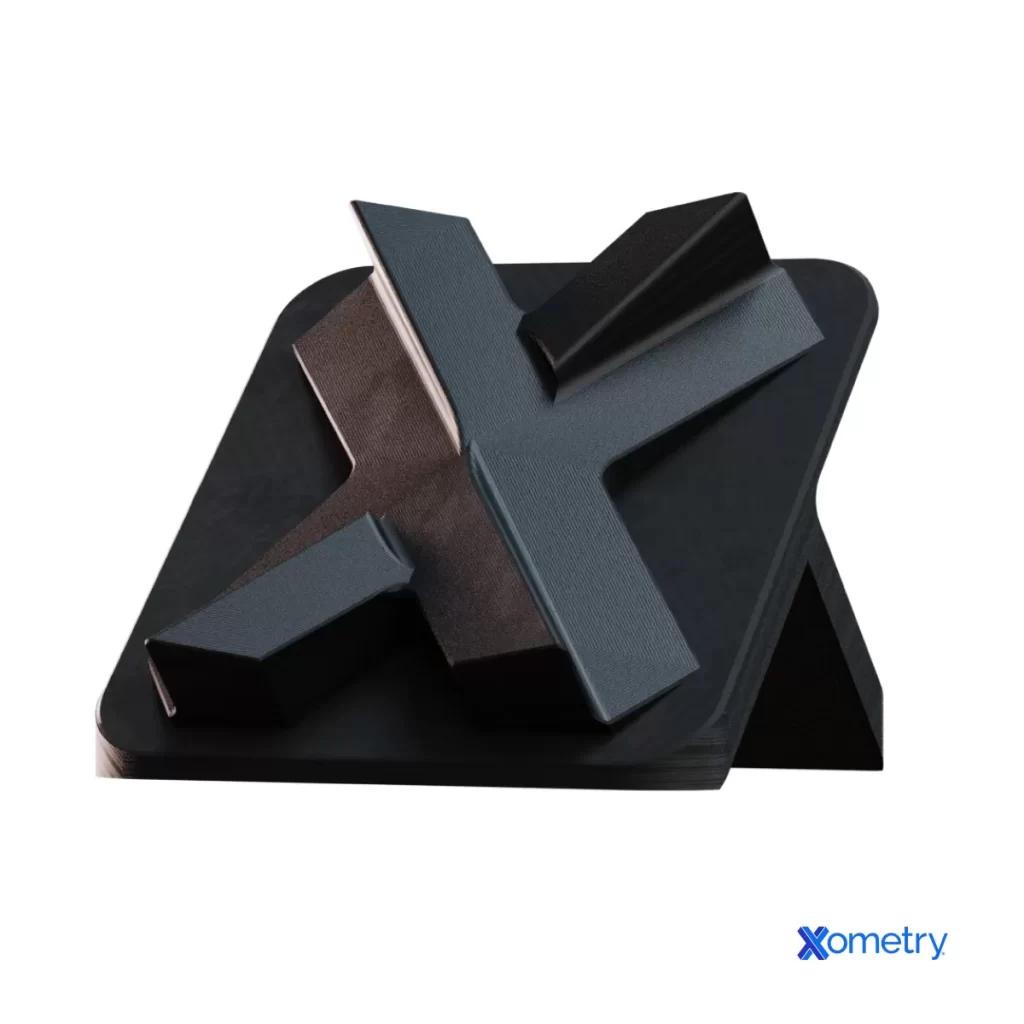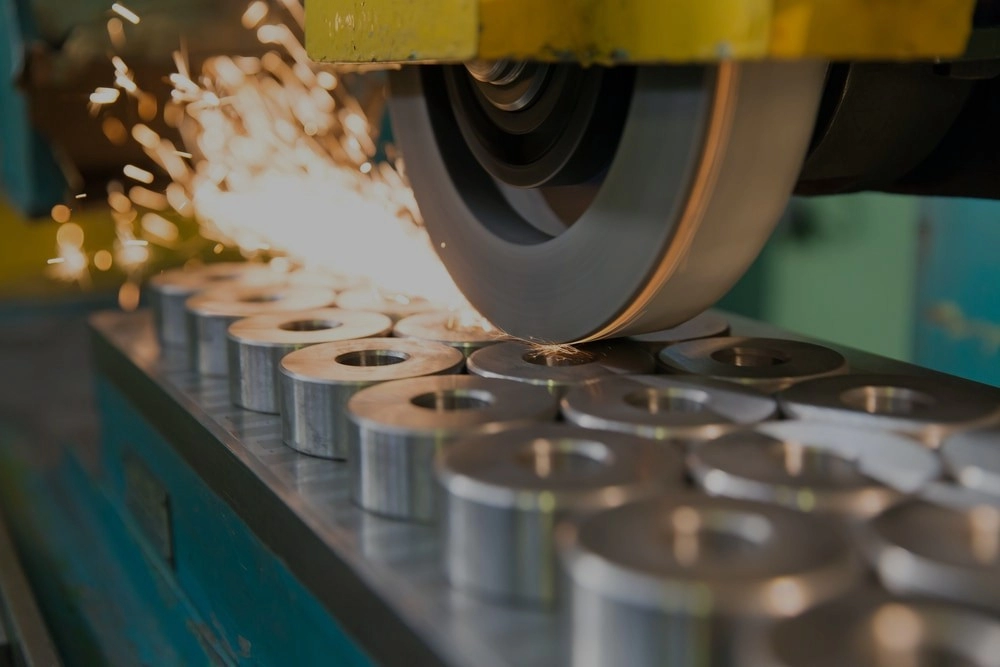Understanding the Brushing Surface Finish Process
When it comes to brushing surface finish, many wonder how this technique works and why it’s a go-to for CNC surface finishing. Let’s break it down in simple terms. Brushing is a metal surface treatment where abrasive brushes create uniform, linear scratch patterns on materials such as stainless steel or aluminum. This gives the metal a consistent, textured appearance known as a brushed metal finish.
How Brushing Works
Brushing involves pressing a wire or abrasive brush against the metal surface while the material or brush spins. This friction scours the surface gently, removing imperfections like stains, minor scratches, or machining marks. Unlike polishing, which smooths out surfaces to a mirror finish, brushing adds fine directional lines that catch the eye and reduce glare.
Because brushing subtly alters the surface roughness, it affects the surface roughness Ra values in a way that balances aesthetics and functional grip.
Types of Brushes Used in Brushing Surface Finish
Different applications call for different brush types:
- Wire Brushes – Common for stainless steel brushing, made from steel or brass wire. They create sharper, more visible grain patterns.
- Abrasive Nylon Brushes – Infused with abrasive particles, these brushes are perfect for lighter brushing on aluminum or softer metals, creating finer finishes.
- Flap Brushes – Layers of coated abrasive flaps that give a smooth, even grain without damaging the metal below.
Each brush type impacts how the finish looks and performs. Choosing the right brush depends on the desired precision machining finish and the material.
Factors Affecting Brushing Quality
The good finish you see depends on several factors:
- Brush Type and Quality – The material and grit of the brush directly influence the grain pattern.
- Pressure and Speed – Too much pressure can scratch or warp metal; too little might leave marks inconsistent.
- Material Being Brushed – Harder metals like stainless steel require tougher brushes, while aluminum needs gentler abrasives.
- Surface Preparation – Cleaning and smoothing the surface before brushing ensure a consistent finish without residues or contaminants.
- Operator Skill and Equipment – Experienced operators and advanced CNC brushing equipment contribute to superior results.
Understanding these pieces helps explain why brushing is preferred for certain CNC machining services and how it achieves that sought-after aesthetic surface finish.
If you want to dive deeper into surface quality and finish standards, check out our guide on surface roughness Ra for more technical insight.
Benefits of Brushing Surface Finish

Brushing surface finish offers several advantages that make it a popular choice for many metalworking projects, especially in CNC surface finishing and precision machining finishes.
Aesthetic Appeal of Brushed Metal Finish
One of the biggest benefits is its attractive, matte look. The brushing process creates fine, uniform lines that give stainless steel brushing and aluminum brushing process parts a sleek, modern appearance. This subtle texture hides fingerprints and smudges better than polished surfaces, making it ideal for both functional and decorative uses.
Functional Advantages of the Brushing Process
Beyond looks, brushing also improves surface roughness (Ra). This helps reduce glare and can even enhance grip on metal surfaces. It’s a practical solution for metal surface treatment where you need a durable, scratch-resistant finish. Brushed finishes are less vulnerable to wear and tear, which means parts and products last longer without needing costly repairs or refinishing.
Cost Effectiveness of Brushing Surface Finish
Compared to other methods like polishing or anodizing, brushing is generally more budget-friendly and faster. It requires less labor and fewer materials, making it an economical choice for many manufacturers. This makes the brushing surface finish especially appealing for projects that need reliable results without breaking the bank—perfect for businesses looking for great value in CNC service and finishing work.
In short, brushing offers a balanced mix of stylish looks, practical benefits, and cost savings. It’s no wonder it stands out in the world of orthopedic metal finishing, cabinetry, appliances, and more.
Applications of Brushing Surface Finish
Industries Utilizing Brushing Surface Finish
Brushing surface finish is popular across multiple industries thanks to its unique blend of aesthetics and functionality. You’ll find brushed metal finishes widely used in:
- Consumer electronics – giving devices like laptops and phones a sleek, modern look.
- Automotive – especially for interior trims and stainless steel parts for durability and style.
- Appliances – stainless steel brushing is common on refrigerators, ovens, and dishwashers.
- Architecture and interior design – brushed aluminum and stainless steel add a clean, industrial feel to fixtures and panels.
- Medical equipment – where a fine brushed finish helps reduce glare and improves cleanliness.
These industries rely on brushing not just for looks, but also for its practical benefits like scratch resistance and consistent surface texture.
Materials Suitable for Brushing Surface Finish
Brushing works best with metals that respond well to abrasive brushing techniques, including:
- Stainless steel — the most common choice due to its corrosion resistance and smooth finish.
- Aluminum — can be brushed to a soft matte sheen, popular in lightweight applications.
- Brass and copper — offering unique aesthetic options for decorative pieces.
- Titanium and other alloys — brushed finishes can be applied for enhanced surface uniformity and appeal.
Not all materials are ideal, so selecting the right metal is key to achieving the desired surface roughness (Ra) and durability.
HYCNC’s Brushing Surface Finish Success
At HYCNC, we specialize in precision CNC surface finishing, including stainless steel brushing and the aluminum brushing process. Our experience proves that:
- Custom brushing solutions tailored for each part and material type improve consistency and quality.
- We use advanced abrasive brushing techniques to control surface roughness (Ra) and meet exacting standards.
- Our team understands how to balance aesthetic surface finishes with functional performance.
Check out our detailed surface finishing services to see how we deliver top-quality brushed finishes that meet U.S. industry demands. This approach allows us to serve everything from consumer products to heavy-duty industrial components with the best brushed metal finish achievable.
Brushing Surface Finish vs Other Surface Finishes
When deciding on the best surface finish for your metal parts, it helps to understand how brushing stacks up against other popular options like polishing, bead blasting, and anodizing. Each has its strengths, but brushing surface finish offers a unique blend of look, feel, and function that often makes it the smart choice.
Brushing vs Polishing
Polishing delivers a smooth, mirror-like shine by removing imperfections and creating a highly reflective surface. It’s great for decorative pieces where appearance is critical. However, brushing (or the brushed metal finish) offers a more subtle, textured look with fine lines and a matte effect.
- Brushed surfaces hide fingerprints and minor scratches better than polished finishes.
- Brushing is less prone to showing wear and tear in high-traffic applications.
- Polishing requires more upkeep to keep its shiny look, while brushing is more forgiving.
Brushing vs Bead Blasting
Bead blasting uses tiny glass or ceramic beads to create a uniform matte texture, which dulls the surface evenly. It’s excellent for reducing glare but doesn’t provide the directional texture that brushing does.
- Brushing leaves a distinct grain pattern that adds visual interest and tactile feel.
- Bead blasting can sometimes make surfaces feel rougher, while brushed finishes maintain smoothness with a soft touch.
- Both processes improve corrosion resistance, but brushing often offers better control over surface roughness (Ra) for precision machining finishes.
Brushing vs Anodizing
Anodizing is mainly a protective treatment often used on aluminum, creating a hard oxide layer that’s resistant to corrosion and wear. It can add color and durability, but it doesn’t offer the textured look of a brushing surface finish.
- Brushing brings out the metal’s natural grain and offers an aesthetic surface finish that anodizing can’t replicate.
- Anodized surfaces are very durable but often smooth and uniform, lacking the warm, industrial feel of brushed stainless steel or aluminum.
- You can combine anodizing with brushing in some cases for the best of both worlds: durability and texture.
Why Brushing Surface Finish Stands Out
- Versatility: Works like a charm on stainless steel, aluminum, and other metals.
- Functional aesthetics: The brushed finish camouflages scratches, making it perfect for daily-use items.
- Cost-effective: Requires less polishing equipment and upkeep compared to highly reflective finishes.
- Wide industry use: From kitchen appliances to automotive trim, brushed metal finish keeps things looking sharp and professional.
In short, brushing gives you a balanced solution — durable, attractive, and practical — which is why it’s a top choice for many CNC surface finishing needs across the United States.
How HYCNC Ensures Top Quality Brushing Surface Finish
At HYCNC, delivering a brushing surface finish that meets high standards starts with the right tools and skills. We combine advanced CNC surface finishing equipment with experienced professionals to handle every project precisely.
Advanced Equipment and Expertise
We use state-of-the-art brushing machines designed specifically for metal surface treatment like stainless steel brushing and aluminum brushing processes. This gear allows us to control surface roughness Ra accurately and achieve consistent brushed metal finishes.
Our team understands abrasive brushing techniques and applies them efficiently to create the exact texture and finish our clients expect. This expertise ensures the final product looks great and performs well.
Quality Control Measures
Quality is never an accident at HYCNC. We have strict inspection routines following each stage of the brushing process. This includes checking for uniformity in the brushed surface, ensuring no signs of unwanted scratches or marks, and verifying the finish meets the required specifications for precision machining finishes.
We rely on detailed measurements and visual checks to guarantee every piece leaving our shop is flawless and ready for its application.
Customization for Your Needs
Every project is unique, and we tailor our brushing services to meet your specific needs. Whether you require a fine brushed surface for aesthetic surface finishes or a more rugged texture for functional purposes, we adjust our process accordingly.
From choosing the right type of brush to setting the proper speed and pressure, HYCNC builds a custom brushing plan that aligns with your expectations and the demands of your industry.
In short, HYCNC’s combination of advanced equipment, rigorous quality control, and flexible customization ensures you get the best brushing surface finish available.
Tips for Achieving the Perfect Brushing Surface Finish
Getting that flawless brushed metal finish takes attention to detail at every step. Whether you’re working with stainless steel brushing or aluminum brushing process, these tips will help you nail it.
Surface Preparation
Clean and smooth surfaces are key. Before brushing, make sure the metal is free from dirt, oil, and any old coatings. A properly prepped surface helps the brush create even lines and reduces surface roughness Ra for a consistent look.
- Remove grease and contaminants with a degreaser.
- Smooth out any burrs or rough spots.
- Dry the surface thoroughly to avoid uneven brushing.
Choosing the Right Brush
Not all brushes are created equal when it comes to CNC surface finishing.
- Use abrasive brushing techniques suited to your material. For stainless steel, stiffer brushes help get distinct grain patterns. For aluminum, softer brushes prevent over-scratching.
- Match the brush grit and material to your desired finish — finer grit for a subtle sheen, coarser for stronger texture.
- Consider nylon, wire, or abrasive belts depending on your project.
Maintaining Consistency
Consistency is everything in metal surface treatment.
- Move brushes steadily and evenly across the surface.
- Use consistent pressure to avoid uneven patterns.
- Regularly check the brush condition — worn brushes can mess up the finish.
- If using CNC surface finishing, program consistent feed rates and speeds.
Post Brushing Protection
Once you have that perfect brushed finish, protect it.
- Apply a clear coat or sealer to guard against corrosion and fingerprints.
- Regular cleaning with mild solutions keeps the brushed metal looking fresh.
- Avoid abrasive cleaners that can scratch the finish.
Following these steps ensures you get the best brushed finish every time, enhancing both the aesthetic surface finishes and functional life of your parts. Whether for precision machining finishes or decorative elements, a good brushing surface finish stands out for quality and durability.




